A Brief History of Modular Smartphones


Modular phones have been a tale of big promises and even bigger disappointments. A number of companies have announced initiatives for fully or partially modular smartphones, but today, we only have niche cases. This is a brief history of modular smartphones.
Nothing’s launch of its $200 CMF Phone 1 recently tested by our editor Antoine Engels made us remember some ambitious projects announced by phone giants in the past. Granted, the CMF Phone 1 doesn’t let users change or upgrade hardware features, but the level of modularity it offers is unseen in its price range.
The most comprehensive and famous of all modular smartphone proposals came from no other than the creators of Android themselves.
Project Ara
Probably the most hyped modular phone was Project Ara, a Google initiative that was unsurprisingly killed—in this case even before reaching store shelves. The project had input from the creator of the Phonebloks concept, Dutch designer Dave Hakkens, and was temporarily handled by then-subsidiary Motorola, before being handled to the Android team after Lenovo purchased Motorola.
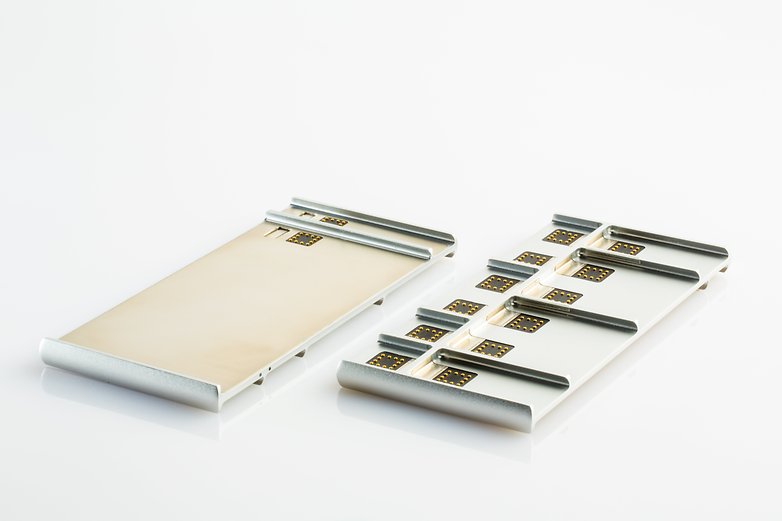
It was—probably unrealistically—announced as a low-cost base to a giant ecosystem of third-party modules. Googorola would provide the specifications for the interconnect and modules, plus a number of frames for them.
We want to do for hardware what the Android platform has done for software: create a vibrant third-party developer ecosystem, lower the barriers to entry, increase the pace of innovation, and substantially compress development timelines. - Motorola (archived)
Modules could be merely cosmetic, but also change the SoC, upgrade storage, RAM, cameras, batteries, add sensors, and more. Even the front would be modular, so there could be displays with or without curved edges, different screen panels, resolutions, and even different types of selfie camera modules with additional sensors—Project Ara with Project Soli, anyone?
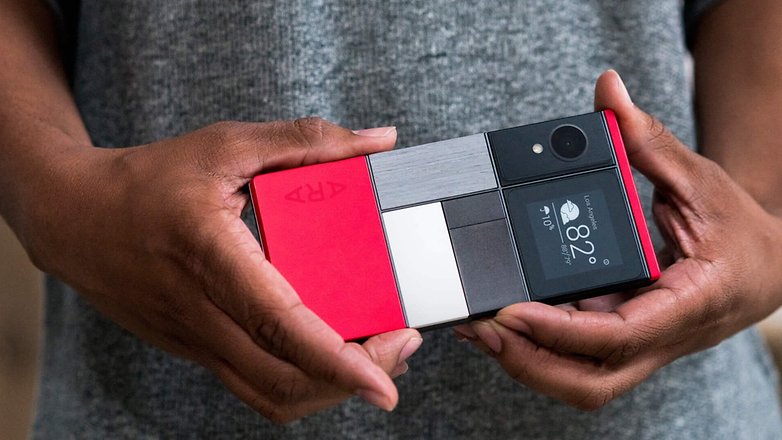
After the initial goals, which jumped between the buzzwords of the time such as “3d printing” and “internet of things”, the project was scaled back in early 2016 to have a frame with an integrated display, processor, and memory. In September of the same year, however, the project officially joined the big Google graveyard, a few weeks before the first Pixel phones were announced.
Speaking of buzzwords, a South Korean design collective proposed a modular system very reminiscent of Project Ara called Node, and since we are long past the IoT, 3D printing, and metaverse seasons, the Node modules are all embedded with “AI.” Don't expect to see this one anytime soon as well.
Moto Mods (2016–2019)
A few months before the cancellation of Project Ara, and about two years under the control of Chinese giant Lenovo, Motorola announced the Moto Z family of smartphones in June 2016. Launched around the same time Ara was buried, the Moto Z started with a single, high-end model, later joined by a rugged version (Z Force), and a mid-range one (Z Play).
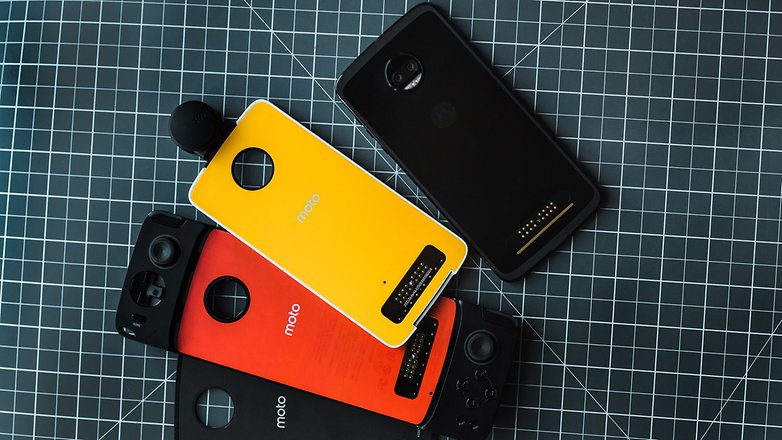
A few months after the Moto Z launch, there was already a good variety of Moto Mods, which connected to the phone using pogo pins on its back. A few examples from around the launch include a battery pack, a camera module branded by Hasselblad, a projector, a gamepad, a JBL speaker, and a selection of replacement back covers.
Despite the phone reaching a fourth generation, Motorola soon faced a challenge at a time when phone screens were still getting bigger: Ditch the system and launch an incompatible ecosystem with a different form factor and dimensions, or simply abandon the modularity aspect? Unsurprisingly, Lenovo chose the latter, and after the mid-range-ish Moto Z4 from 2019, the Moto Z family was over.
The Essential phone PH-1 from 2017 had a similar concept with pogo pins on the back. The idea, however, died after three accessories and no follow-up phone. For those curious, a prototype of the second model was recently unearthed on YouTube without the pogo pins.
LG G5 (2016)
2016 saw not only the launch of the Moto Z, but also LG’s own take on the modularity feature with the G5 (and G5 SE). LG planned a line of accessories that could be attached to the USB-C port but didn’t launch. But the more modular part was the expansion slot, which slid out of the phone to add features.
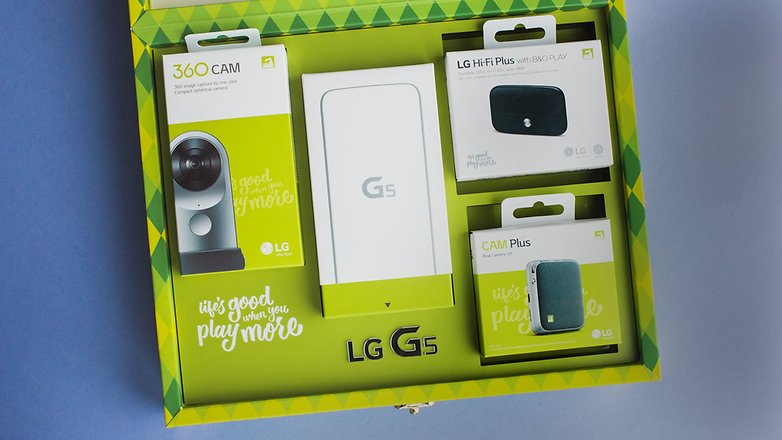
In the end, only two modules were released: One that added physical camera controls, and another for better audio with a DAC and amplifier with Bang & Olufsen branding.
LG’s system worked by sliding out the “chin” of the phone, but that process also removed the battery, turning the phone off. That design choice may have solved the problem of non-replaceable batteries, but the low number of expansion options wasn’t enticing enough for customers, and LG ditched the system in the G6 smartphone. Points that the nextpit G5 review back in August 2016 already pondered.
Repairable phones: Fairphone, Shift, and others
A different type of modularity is offered by companies with an emphasis on repairability. The most popular of those is probably Fairphone: The Dutch company launched its first phone—the aptly named Fairphone 1—more than 10 years ago.
Fairphone not only offers full repair guides for its models and designs them with DIY repairs in mind, but it also sells replacement parts. The first-generation phone was more invested in fair trade and ethical sourcing and had a couple of issues, especially around the lack of software support from MediaTek for the processor used on the phone.
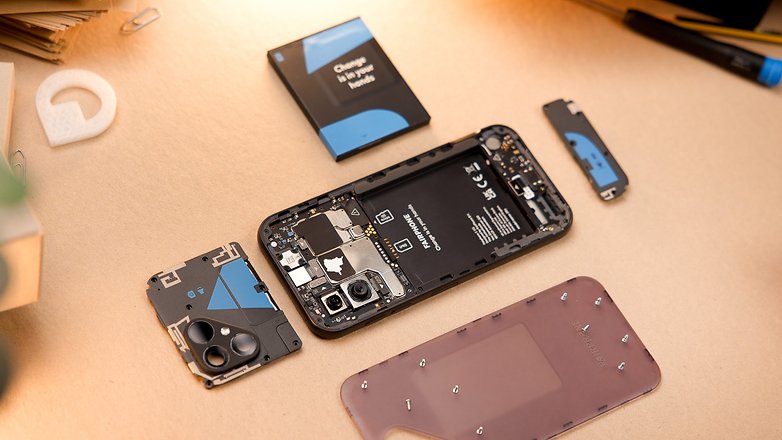
Subsequent models were equipped with Qualcomm’s chips, and even after those SoCs went end-of-life in terms of security updates, Fairphone kept releasing software updates, surpassing a total of 7 years of security support and parts availability for the Fairphone 2, for example…
- Also read: The patch to sustainability
As mentioned above, Fairphone modular designs are mostly for allowing easy repairs, not upgrades or expanded features. There was one exception, however, when the company launched the 3+ model. The upgraded camera modules were backward compatible with the Fairphone 3 and could be purchased on the company’s website.
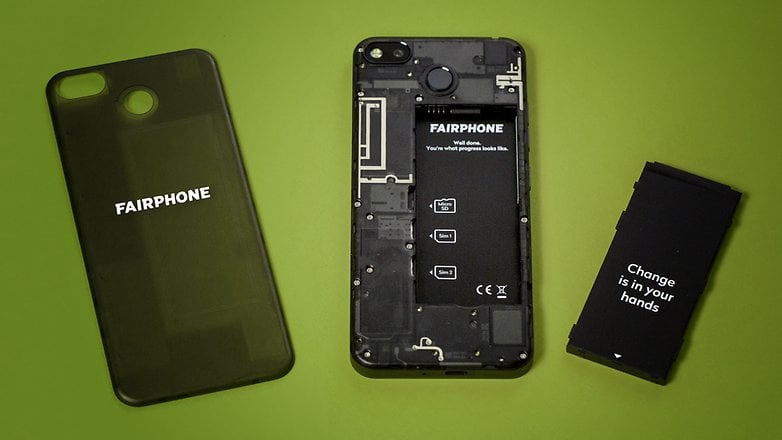
German-based Shift (or SHIFT), follows similar principles as Fairphone, even to the point of sourcing the same long-term support (LTS) Qualcomm QCM6490 chip on its upcoming Shiftphone 8. Owners of 2020’s Shift6mq can still find replacement parts available on the company’s page.
Other companies like Purism and Pine take the concept one step further with their Librem and Pinephone smartphones, providing not only an easy-to-repair design but also their own Linux distributions for those wanting to break away from Google.
The enterprise way for modular phones
Another niche—but very lucrative—market in which modularity not only lives but keeps evolving is among enterprise phones. Companies such as Koamtac and RAM Mounts offer customized docks, multi-device charging cradles, cases with extra features such as barcode scanning, and even replacement batteries.
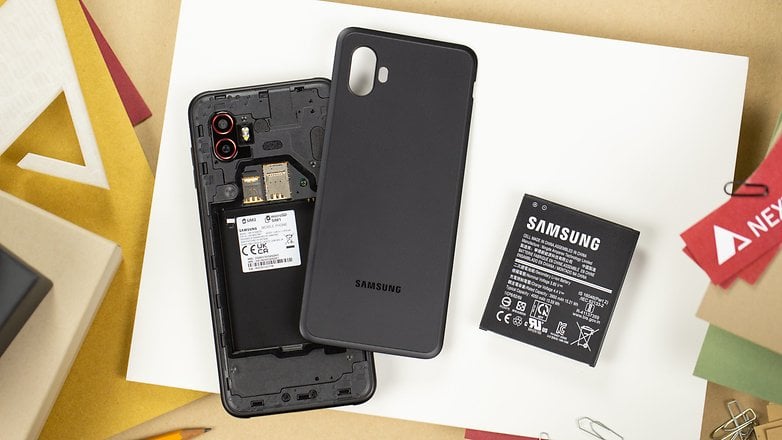
Granted, the phones targeted by those accessories are usually enterprise-specific phones, but some models can be bought by home users, such as those from the Samsung XCover family. Just be ready to pay enterprise-level prices, as the phones traditionally charge extra for those features and their usually longer support.
In recent times, part of this modularity has been slowly migrating to USB-C-connected accessories, and Apple’s MagSafe mounting system with magnets offers another possibility to add features without having to open the phone.
CMF Phone 1 makes modularity fun
Curiously enough, one of the accessories available for the CMF Phone 1 is a magnetic mount for the back. It was originally designed to mount a cardholder (probably to compensate for the lack of NFC), but its magnets are set in a pattern compatible with MagSafe/Qi2 mounts (without wireless charging, which is not available in the phone).

Nothing’s approach to modularity is probably the less ambitious of all the ones listed above. But it is worth reminding that the Phone 1 is priced to compete in the low-end market. Some will say that CMF brought nothing more than a mounting system with customization options, but those are the features most absent from the entry-level market.
The CMF Phone system not only avoids some of the limitations found in the Moto Mods or LG G5 systems like being restricted to a specific set of dimensions, or requiring proprietary electronic interfaces. Nothing’s implementation is simple and cheap to replicate and expand. I wouldn’t be surprised to see those alphabet soup Shenzhen brands offering compatible devices and accessories down the line.
What about you? Do you agree that Nothing’s low-tech system has more potential than previous modular promises? Which type of accessory do you think we could see next? Is it too much to dream about a QWERTY keyboard module attached via USB-C and held firmly with the screws on the back of the phone?



















